Microchip SY10EP16V Bedienungsanleitung
Microchip
Nicht kategorisiert
SY10EP16V
Lies die bedienungsanleitung für Microchip SY10EP16V (8 Seiten) kostenlos online; sie gehört zur Kategorie Nicht kategorisiert. Dieses Handbuch wurde von 4 Personen als hilfreich bewertet und erhielt im Schnitt 4.7 Sterne aus 2.5 Bewertungen. Hast du eine Frage zu Microchip SY10EP16V oder möchtest du andere Nutzer dieses Produkts befragen? Stelle eine Frage
Seite 1/8

SY10/100EP16U and SY10/100EP16V
Evaluation Board
2.5V/3.3V/5V Precision ECL Differential
Receiver/Driver
Micrel Inc. • 2180 Fortune Drive • San Jose, CA 95131 • USA • tel +1 (408) 944-0800 • fax + 1 (408) 474-1000 • http://www.micrel.com
December 2008
M9999-121708-A
hbwhelp@micrel.com
or (408) 955-1690
General Description
The SY10/100EP16U and SY10/100EP16V evaluation
boards are designed for convenient set-up and quick
evaluation. They allow the user to evaluate the part over
the full voltage-range of the part without requiring any
modification to the board.
The evaluation board standard configuration is AC-coupled
inputs with AC-coupled outputs for direct interface to a
50Ω-compatible oscilloscope. For applications that require
a DC-coupled configuration, step-by-step instructions for
modifying the board are included.
All datasheets and support documentation can be found at
Micrel’s web site at: www.micrel.com
.
Features
• SY10/100EP16UM ECL output
• SY10/100EP16VM ECL output
• Single 2.5V, 3.3V, or 5V power supply
• AC-coupled configuration for ease-of-use
• I/O interface includes on-board termination
• Fully assembled and tested
• Reconfigurable for DC-coupled operation
Applications
• SY10/100EP16U 2.5/3.3V Precision ECL Differential
Receiver/Driver
• SY10/100EP16V 3.3V/5V Precision ECL Differential
Receiver/Driver
___________________________________________________________________________________________________________
Evaluation Board

Micrel, Inc. SY10/100EP16U and SY10/100EP16V Evaluation Board
December 2008 2
M9999-121708-A
hbwhelp@micrel.com
or (408) 955-1690
Evaluation Board Description
The SY10/100EP16U and SY10/100EP16V evaluation
boards are designed to accept an AC-coupled input with
AC-coupled or DC-coupled outputs.
The choice between the two configurations offers the
user flexibility in selecting the board that is right for the
given application.
Step-by-step instructions for modifying an AC-coupled
evaluation board for DC-coupled operation are supplied
in the sub-section “Modifying your AC-Coupled Board for
DC-Coupled Operation.”
AC-Coupled Evaluation Board
(AC-Coupled Input, AC-Coupled Output)
The AC-coupled configuration is suited for most
customer applications and is preferred by the majority of
users because of its ease-of-use. It requires only a
single power supply and offers the most flexibility when
interfacing to a variety of signal sources.
The DC-bias levels and AC-coupling capacitors are
supplied on-board for the input. The user only needs to
supply a minimum input voltage swing and the bias
voltage will automatically adjust the input to the correct
level as the power supply voltage varies.
DC-Coupled Evaluation Board
(AC-Coupled Input, DC-Coupled Output)
For DC-coupled operation, the boards can be modified
to use two power supplies in a “split-supply
configuration”. The SY10/100EP16U operates with a
2.5V or 3.3V supply while the SY10/100EP16V operates
with a 3.3V or 5V supply. The term split-supply simply
means a +2.5V supply is split into +2V and –0.5V, a
+3.3V supply is split into +2V and -1.3V, and a +5V
supply is split into +2V and -3.0V. This effectively offsets
the board by +2V. The +2V offset in this two-power
supply configuration then provides the correct
terminations for the device by setting the ground
potential on the board to be exactly 2 volts below the V
CC
supply. The V
EE
voltage is then set to –0.5V for 2.5V
devices, –1.3V for 3.3V devices, and -3.0V for 5V
devices so the device power pins still see a full 2.5V,
3.3V, or 5V potential between V
CC
and V
EE
.
Step-by-step instructions for modifying an AC-coupled
evaluation board for DC-coupled operation are supplied
in the sub-section, “Modifying your AC-Coupled Board
for DC-Coupling Operation.”
AC-Coupled Evaluation Board Setup
(AC-Coupled Input, AC-Coupled Output)
Setting up the SY10/100EP16U and SY10/100EP16V
AC-Coupled Evaluation Board
The following steps describe the procedure for setting up
the evaluation board:
1. Set the voltage setting for a DC supply to be
2.5V or 3.3V (SY10/100EP16U only) or 3.3V or
5V (for SY10/100EP16V only) and turn off the
supply.
2. On the evaluation board, short the GND terminal
to the V
EE
terminal and connect them to the
negative side of the DC power supply.
3. Connect the V
CC
terminal to the positive side of
the DC power supply.
4. Turn on the power supply and verify that the
power supply current is <45mA.
5. Turn off the power supply.
6. Using a differential signal source, set the
amplitude of each side of the differential pair to
be 800mV (1600mV measured differentially).
The offset is not critical, as the AC-coupled
inputs will be automatically biased to the correct
offset. Turn off or disable the outputs of the
signal source.
7. Using equal length 50Ω impedance coaxial
cables connect the signal source to the SMA
inputs on the evaluation board.
8. Using equal length 50Ω impedance coaxial
cables connect the outputs of the evaluation
board to the oscilloscope or other measurement
device that has an internal 50Ω termination.
9. Turn on the power and verify the current is
<50mA.
10. Enable the signal source and monitor the output.
Produktspezifikationen
| Marke: | Microchip |
| Kategorie: | Nicht kategorisiert |
| Modell: | SY10EP16V |
Brauchst du Hilfe?
Wenn Sie Hilfe mit Microchip SY10EP16V benötigen, stellen Sie unten eine Frage und andere Benutzer werden Ihnen antworten
Bedienungsanleitung Nicht kategorisiert Microchip
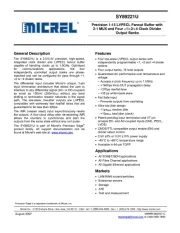
3 September 2025
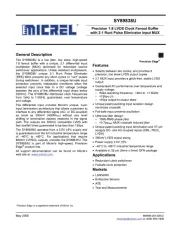
3 September 2025

3 September 2025
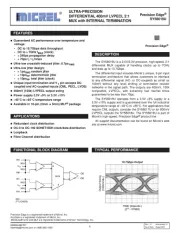
3 September 2025
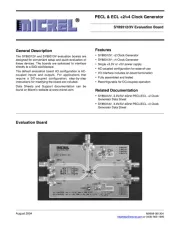
3 September 2025
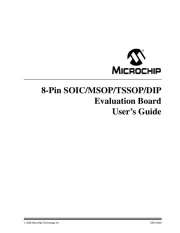
3 September 2025
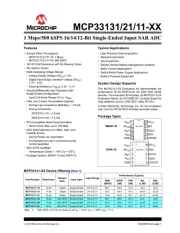
3 September 2025
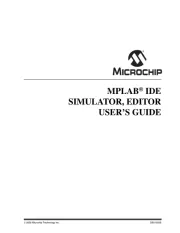
3 September 2025
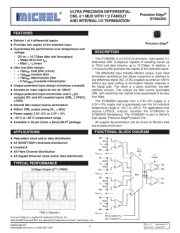
3 September 2025
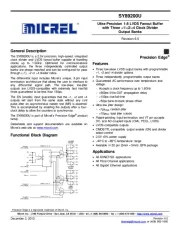
3 September 2025
Bedienungsanleitung Nicht kategorisiert
- Sitecom
- F2
- San Jamar
- Jet-Tech
- Rolls
- Barazza
- Jetway
- Alfen
- Emeril Lagasse
- Winchester
- Needit
- Sodapop
- Kalorik
- SMQMAW
- Tactical Fiber Systems
Neueste Bedienungsanleitung für -Kategorien-

3 September 2025

3 September 2025
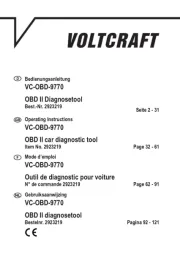
3 September 2025

3 September 2025

3 September 2025

3 September 2025

2 September 2025
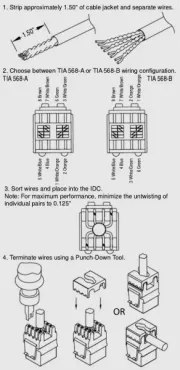
2 September 2025
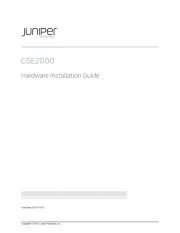
2 September 2025

2 September 2025